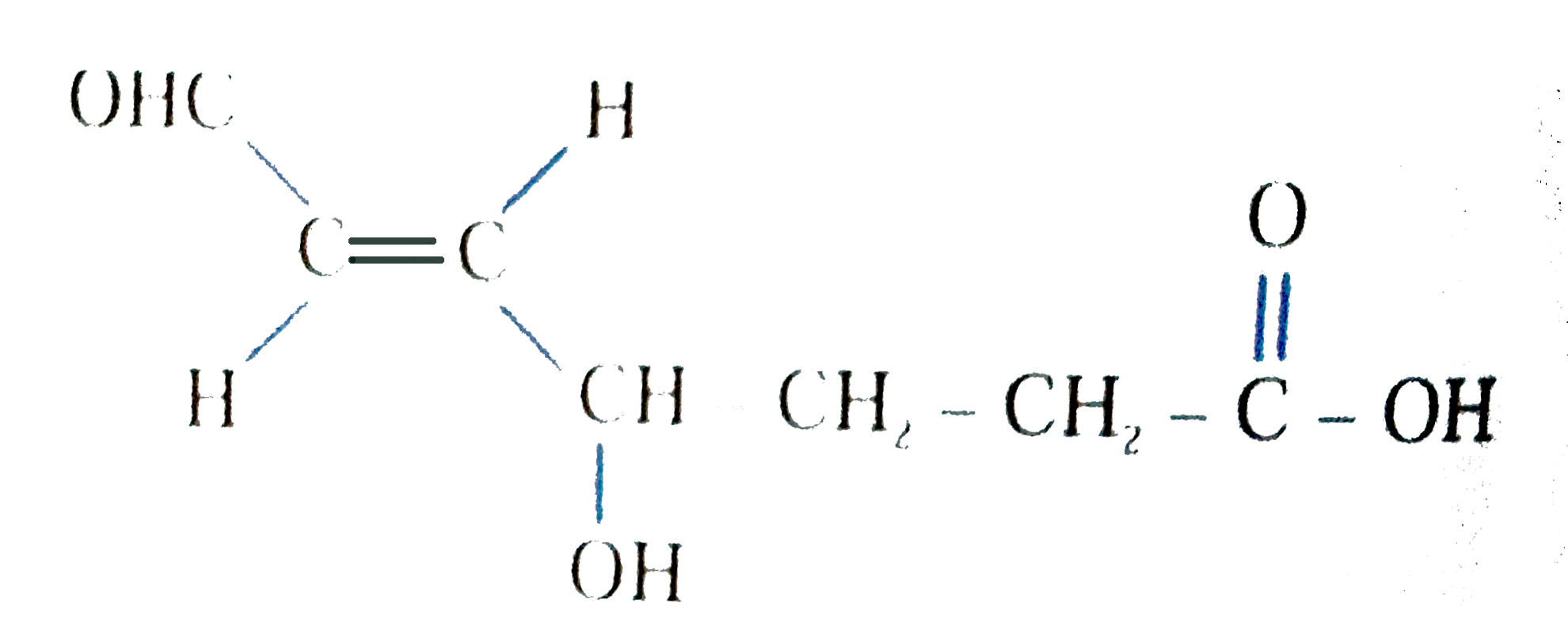The specific rate of reaction is lit . If the reaction is connected with 0.2 mole/lit of of the reactant, the initial rate of the reaction in mole is
The correct Answer is:C
To solve the problem, we need to calculate the initial rate of the reaction given the specific rate constant and the concentration of the reactant. Here's the step-by-step solution:
Step 1: Identify the given values
- Specific rate constant (k) = 1.5×10−4lit mole−1sec−1
- Concentration of the reactant ((A)) = 0.2mole/lit
Step 2: Determine the order of the reaction
From the video transcript, we can infer that the order of the reaction (n) is 2, as derived from the units of the rate constant. The relationship between the rate constant and the order of the reaction is given by:
Rate=k×(A)n
Where:
- k is the specific rate constant
- (A) is the concentration of the reactant
- n is the order of the reaction
Step 3: Write the rate equation
Since the order of the reaction is 2, we can write the rate equation as:
Rate=k×(A)2
Step 4: Substitute the values into the rate equation
Now we can substitute the values of k and (A) into the rate equation:
Rate=(1.5×10−4)×(0.2)2
Step 5: Calculate (A)^2
Calculate 0.22:
0.22=0.04
Step 6: Substitute back into the rate equation
Now substitute this value back into the rate equation:
Rate=(1.5×10−4)×0.04
Step 7: Perform the multiplication
Now calculate the rate:
Rate=1.5×0.04×10−4=0.06×10−4
Step 8: Express the final answer in scientific notation
Convert 0.06×10−4 to scientific notation:
Rate=6×10−6mole lit−1sec−1
Final Answer
The initial rate of the reaction is:
Rate=6×10−6mole lit−1sec−1
---
- Specific rate constant (k) = 1.5×10−4lit mole−1sec−1
- Concentration of the reactant ((A)) = 0.2mole/lit
From the video transcript, we can infer that the order of the reaction (n) is 2, as derived from the units of the rate constant. The relationship between the rate constant and the order of the reaction is given by:
Rate=k×(A)n
Where:
- k is the specific rate constant
- (A) is the concentration of the reactant
- n is the order of the reaction
Since the order of the reaction is 2, we can write the rate equation as:
Rate=k×(A)2
Now we can substitute the values of k and (A) into the rate equation:
Rate=(1.5×10−4)×(0.2)2
Calculate 0.22:
0.22=0.04
Now substitute this value back into the rate equation:
Rate=(1.5×10−4)×0.04
Now calculate the rate:
Rate=1.5×0.04×10−4=0.06×10−4
Convert 0.06×10−4 to scientific notation:
Rate=6×10−6mole lit−1sec−1
The initial rate of the reaction is:
Rate=6×10−6mole lit−1sec−1
Topper's Solved these Questions
- CHEMICAL KINETICS Book:NARAYNAChapter:CHEMICAL KINETICS Exercise:EXERCISE -2 (C.W) ORDER OF REACTION
Explore 16 Videos
- CHEMICAL KINETICS Book:NARAYNAChapter:CHEMICAL KINETICS Exercise:EXERCISE -2 (C.W) HALF LIFE
Explore 4 Videos
- CHEMICAL KINETICS Book:NARAYNAChapter:CHEMICAL KINETICS Exercise:EXERCISE -1 (H.W) COLLISION THEORY
Explore 4 Videos
- CARBOXYLIC ACIDBook:NARAYNAChapter:CARBOXYLIC ACIDExercise:All Questions
Explore 288 Videos
- CHEMISTRY IN EVERYDAY LIFEBook:NARAYNAChapter:CHEMISTRY IN EVERYDAY LIFEExercise:ASSERTION & REASON TYPE QUESTIONS
Explore 10 Videos
Similar Questions
The decomposition of CH3OH occurs as CH3CHO(g)→CH4(g)+CO(g), the kinetic data provided is

The rate expression thus can be given as
View SolutionThe half life period of a first order reaction is 10 minutes . The time required for the concentration of the reactant to change from 0.08 M to 0.02is :
View SolutionConsider the energy profile, for the reaction x+y→R+S .Which of the following deduction about reaction is not correct?

View SolutionProvide IUPAC name of the compound given below.

View Solution(A) Analgesics bring down body temperature during high fever.
(R ) Tetracyclin is a tranquillizer.
View SolutionThe rate constant of the reaction A→2B is 1.0×10−3 mol lit−1 min−1, if the initial concentration of A is 1.0 mole lit−1 . What would be the concentration of B after 100 minutes.
View SolutionThe specific rate constant for a first order reaction is 1 times 10^–3 sec^–1 . If the initial concentration of the reactant is 0.1 mole/lt, the rate of reaction mol l^–1 sec^–1 is:
View SolutionFor the elem entary reaction 2A→C the concentration of A after 30 minutes was found to be 0.01 mole/lit. If the rate constant of the reaction is 2.5×10−2 lit mole−1sec−1 the rate of the reaction at 30 minutes is
View SolutionThe concentration of reaction decreases from 0.2 M to 0.05 M in 5 minutes. The rate of reaction in mole. lit−1.sec−1 is
View SolutionThe rate constant for a reaction is 2.05×10−5 mole lit−1.sec−1. The rection obeys ……order
View SolutionThe rate constant of a first order reaction of 0.0693min−1. What is the time (in min) required for reducing an initial concentration of 20 mole lit−1 to 2.5 mole lit−1?
View SolutionThe rate constant for a reaction is 2.05×10−5 mole lit−1.sec−1. The rection obeys ……order
View SolutionFor the reaction, A→ products the rate of reaction is 7.5×10−4 mole. lit−1sec−1. If the concentration of A is 0.5 mole lit−1, the rate constant is
View SolutionThe rate constant for a reaction is 2.05×10−5 mole lit−1.sec−1. The rection obeys ……order
View SolutionFor a reaction K=2×10−2 mole lit−1 sec−1. If the concentration of the reactant is IM, the half life period of the reaction is
View Solution

